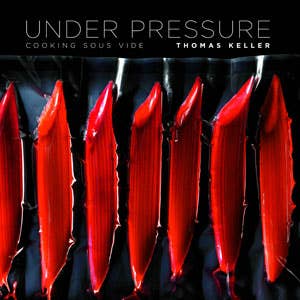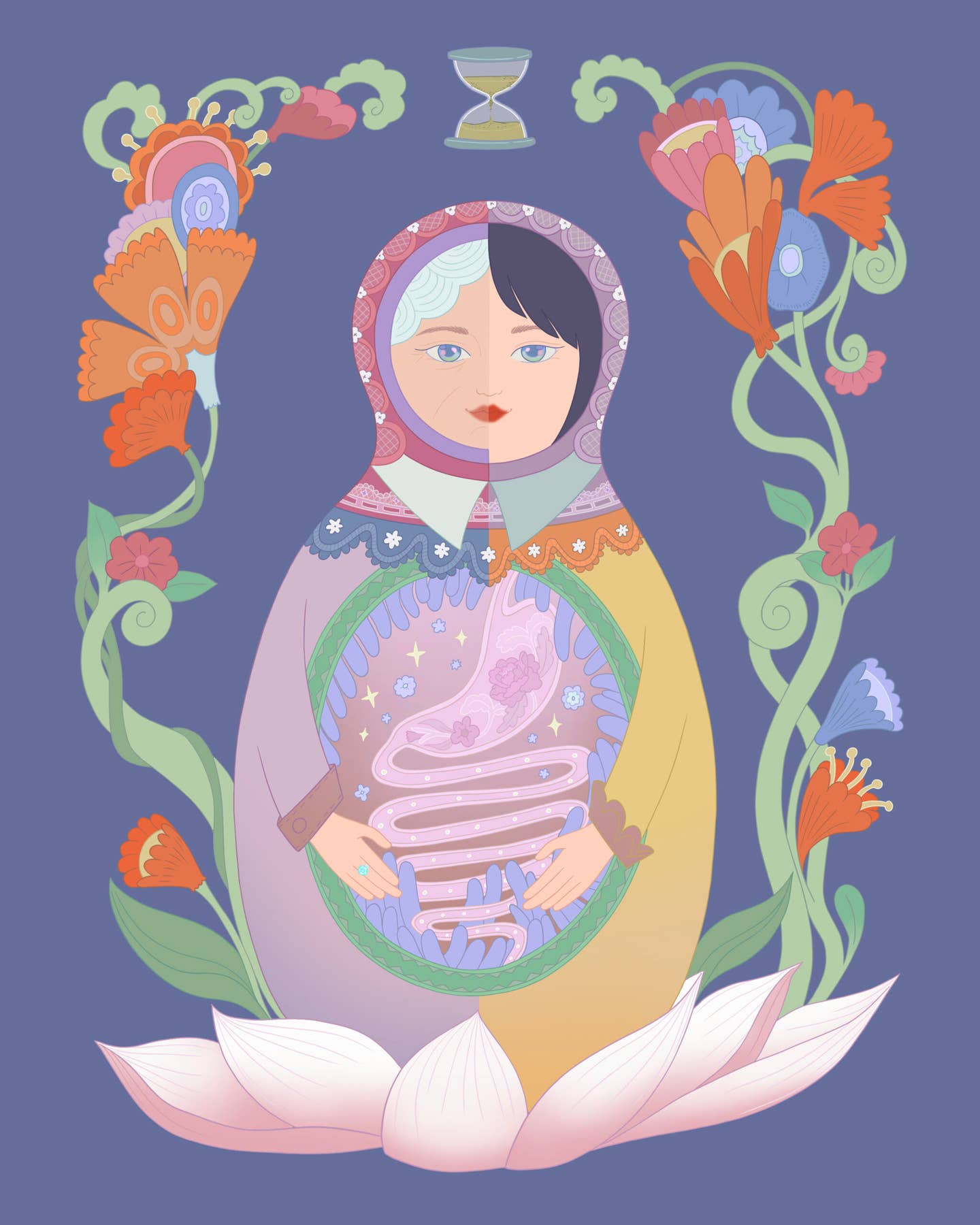
Thomas Keller, Cool Under Pressure
It's odd to think that one of the world's greatest chefs discovered sous vide, a revolutionary modern cooking method, through the convenience of frozen food. It's not so odd, though, when you know that the chef is Thomas Keller and his frozen convenience food is foie gras.
In his new collaborative cookbook, Under Pressure: Cooking Sous Vide (Artisan, $75), Keller introduces to the American chef the fascinating technique of "the twenty-first-century bain-marie", as Harold McGee puts it. While manning the stove at New York's Rakel in the 1980s, Keller vacuum-packed foie gras to eliminate oxidation and extend the delicate organ's freshness. Nearly a decade and a half later, at his acclaimed French Laundry in the Napa Valley, Keller and several other high-caliber chefs began to experiment with what would become "one of the most important culinary innovations of modern times", using the same principles that underlay the Cryovac system. Essentially, cooking sous vide starts with vacuum-sealing food in plastic. The packages are then immersed in a controlled-temperature water bath that circulates constantly. Precise time and temperature measurements allow certain foods, which would normally be roasted or braised, to achieve distinct textures and uniform temperature, while maintaining flavors and juices that would evaporate when traditional cooking methods are used. Though patisserie and baked goods are nigh impossible to make sous vide, such juicy foods as watermelon and short ribs reach surreal heights, with vivid coloration and seemingly impossible textures. Sumptuously illustrated, the oversize tome is an ode to sous vide "from one chef to another". The recipes are written for a restaurant kitchen and are beautifully layered to mirror the chef's oeuvre.
Before a recent conversation at New York City's Astor Center, Keller and his fellow author Michael Ruhlman (of The Elements of Cooking and The French Laundry Cookbook) talked with us about their adventures in sous vide.
SAVEUR: As a chef, you test food by tasting, touching, and smelling. How do you gauge that when you're using sous vide? Is it intuitive?
Thomas Keller: It's an equation. We have it down to a science that allows us to cook a saddle of lamb at 60.5 degrees [C] and know that it will come out perfectly. It's all about time and temperature.
SAVEUR: Don't you miss the smelling and the tasting?
TK: Of course, you become emotionally attached to certain repetitions in the kitchen. But there is an art to preparing food to undergo sous vide, too.
Michael Ruhlman: It's important to remember that we aren't throwing away the craft of cooking; we're building on it.
SAVEUR: How much of your cooking is done sous vide these days?
TK: Fifteen percent to 20 percent.
SAVEUR: Who else is doing sous vide that you respect right now?
TK: Eric Ziebold and, of course, Grant [Achatz]—actually, everyone. There really isn't a chef now that isn't at least experimenting with sous vide in the kitchen.
SAVEUR: Have you figured out how to cook quiche sous vide yet?
TK: Well, no. Patisserie just doesn't work.
MR: I know a chef doing cake sous vide, but it's a very dense cake.
SAVEUR: What are your top three favorite sous vide preparations?
TK: Short ribs. You can achieve a very different product cooking short ribs sous vide. Vegetables, especially artichokes. And compression in general—we really like to experiment with compression.
Keep Reading
Continue to Next Story










